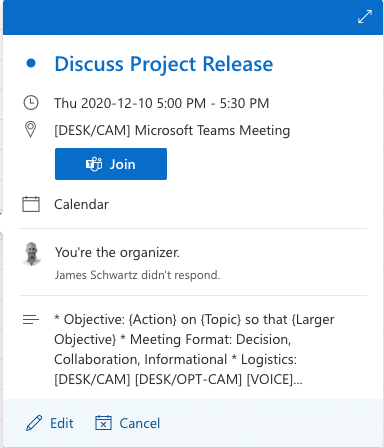
Bursting Silver has always been a “remote first” company, with employees across Canada and the United States. Our offices were places for social gathering and collaboration, but we always accommodated remote employees for all of our meetings and we used Zoom for many years before most people knew what Zoom was (we started using Zoom in 2014 via RingCentral, but we are now using Microsoft Teams as our meeting platform).
Like businesses all over the world, COVID has caused us to become a “remote-only” company. Closing our office was the responsible thing to do to try to help curb the spread of the virus, given that most of our staff already had the tools they needed to work from their home office.
But being stuck on video calls constantly throughout the day can be exhausting. A TED article published in May has some keen insight into why video meetings can be so draining in comparison to in-person meetings.
Zoom fatigue is real — here’s why video calls are so draining
To address the proliferation of “Zoom Fatigue”, our Delivery Advisor Alex Dowbor helped us create some Meeting Guidelines to help ensure our staff are being thoughtful when they create a meeting to ensure each meeting has a clear objective, a desired outcome, the right attendees, and to set expectations about whether a video camera is required or not for attendees.
Each meeting is tagged with a code to set expectations for attendees:
- At your desk with camera on [DESK/CAM]
- At your desk with optional camera [DESK/OPT-CAM]
- Dialed in on the phone [VOICE]
